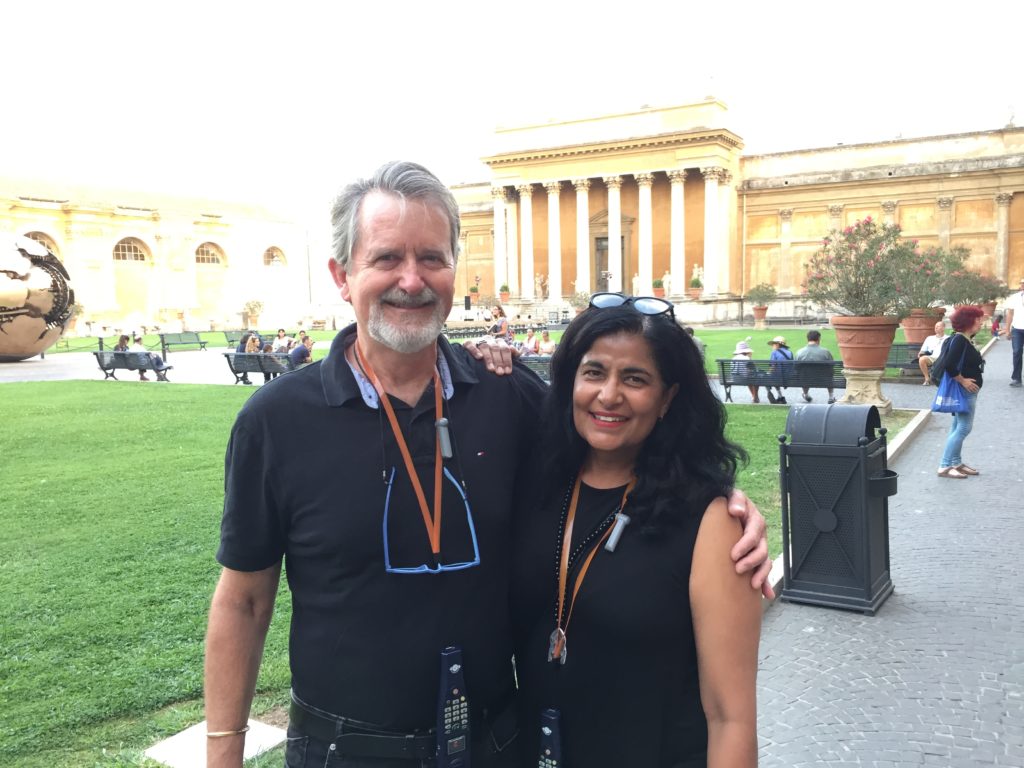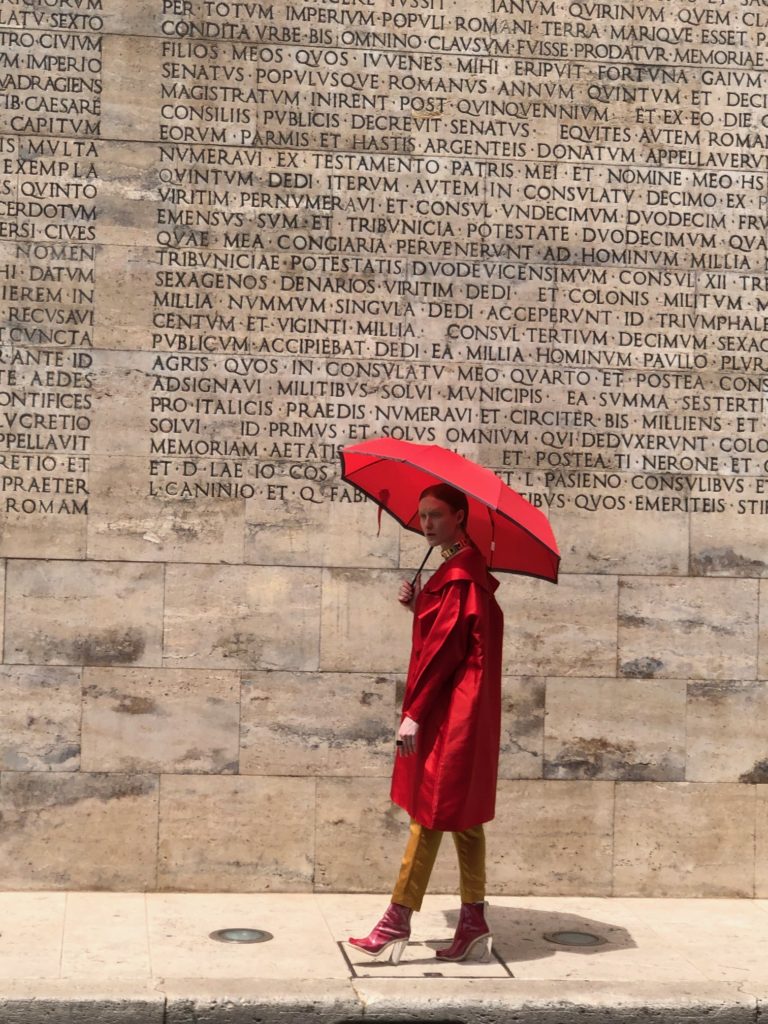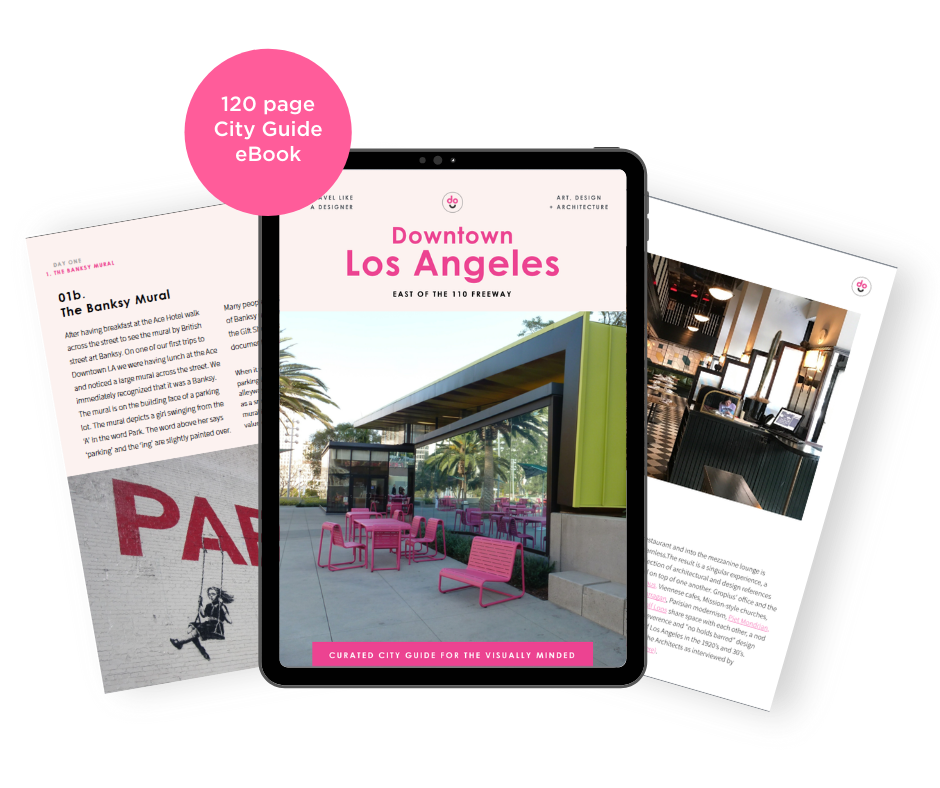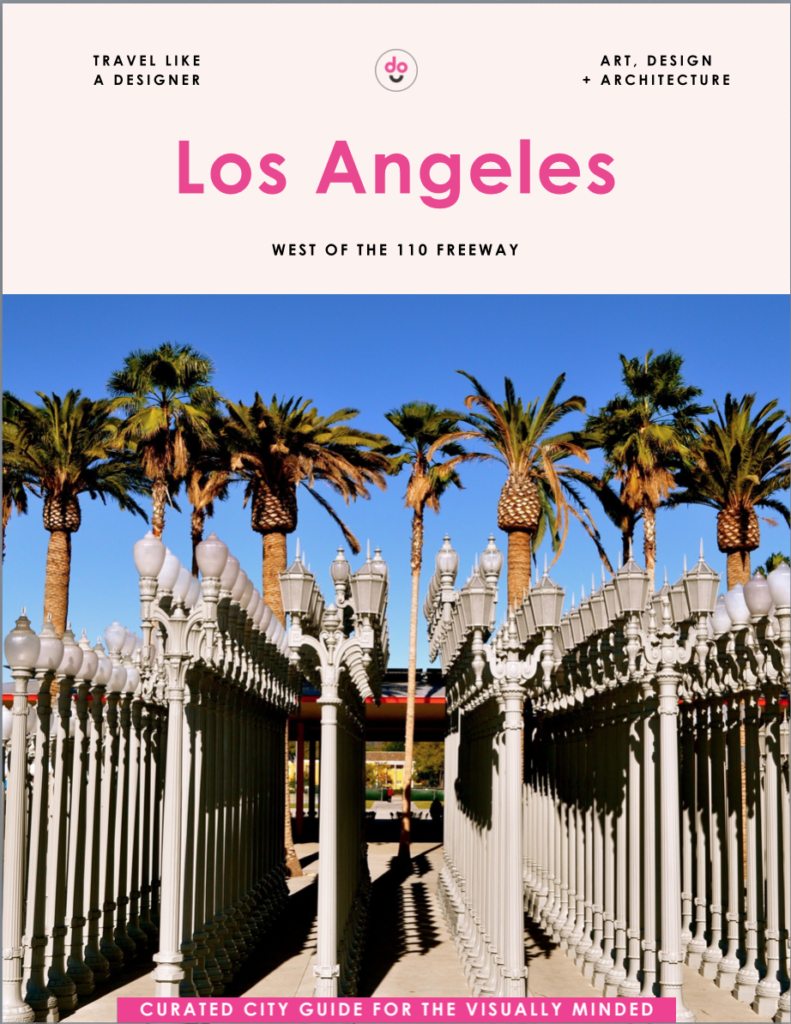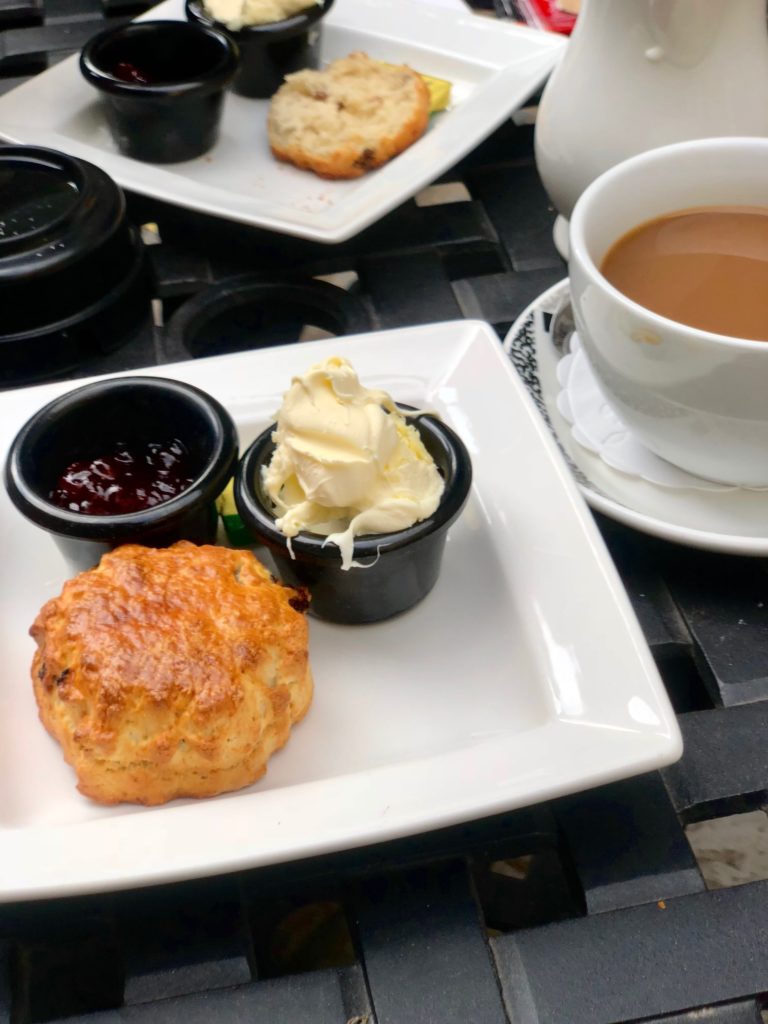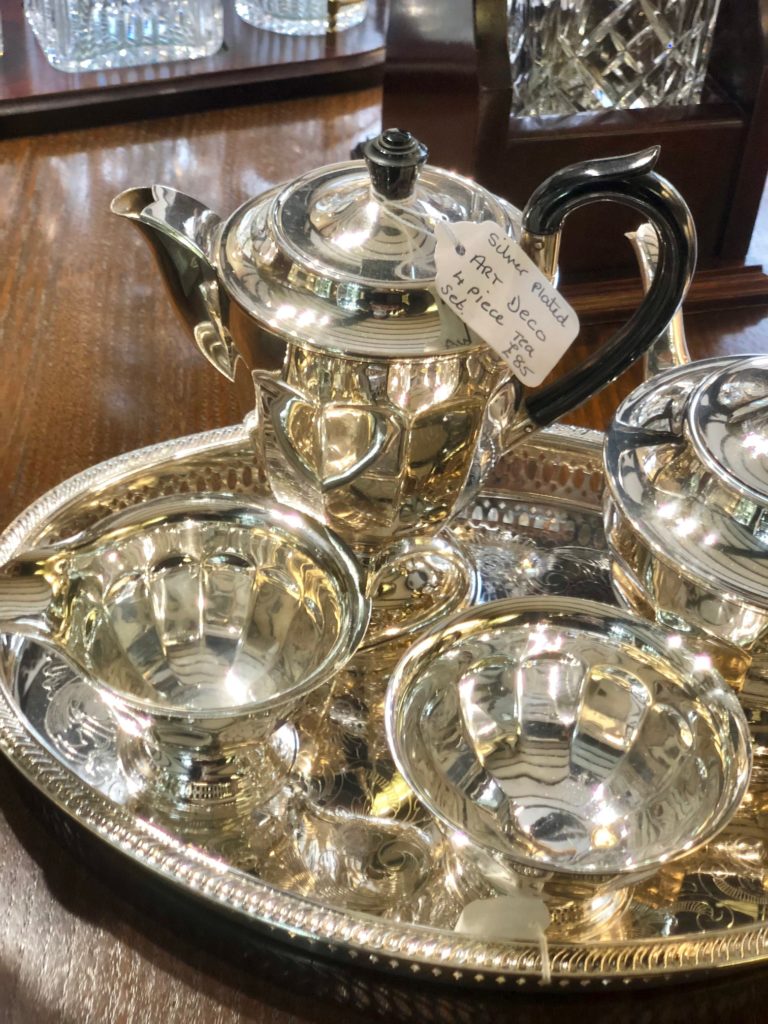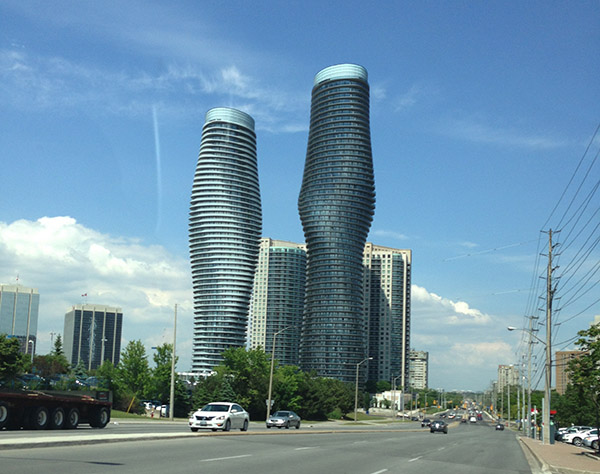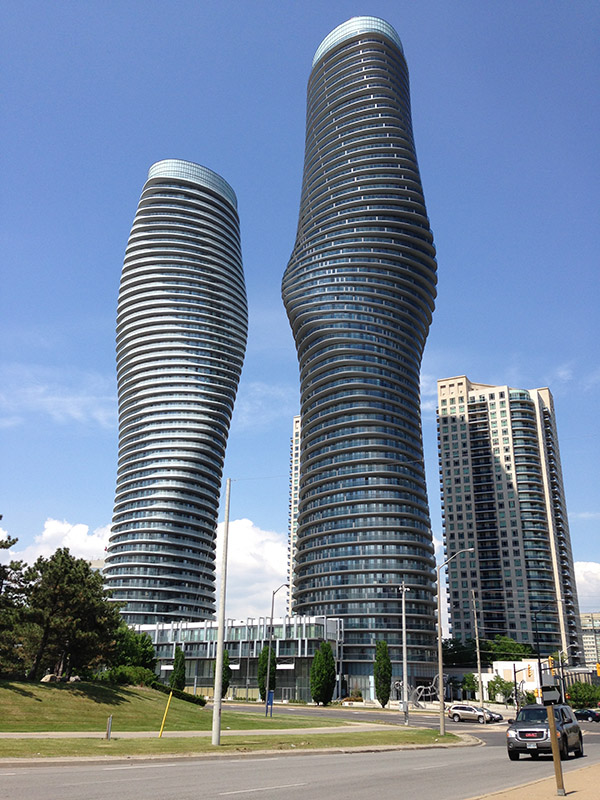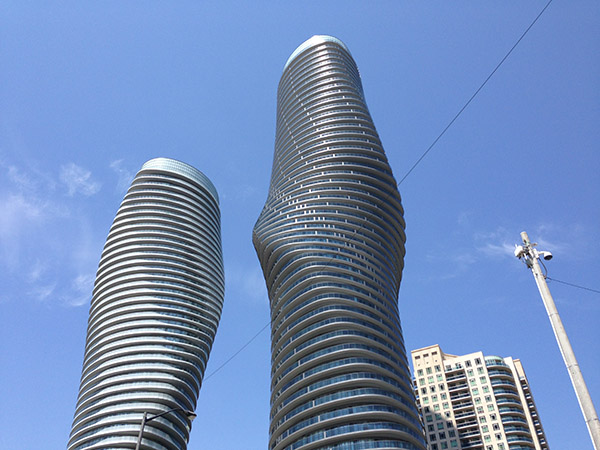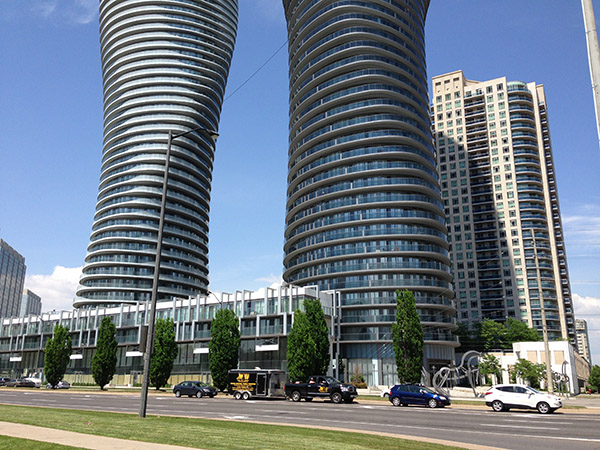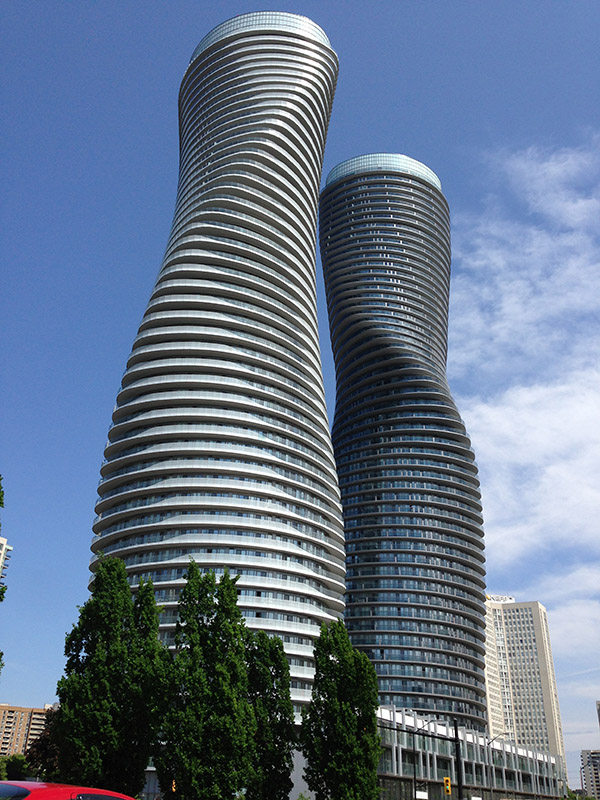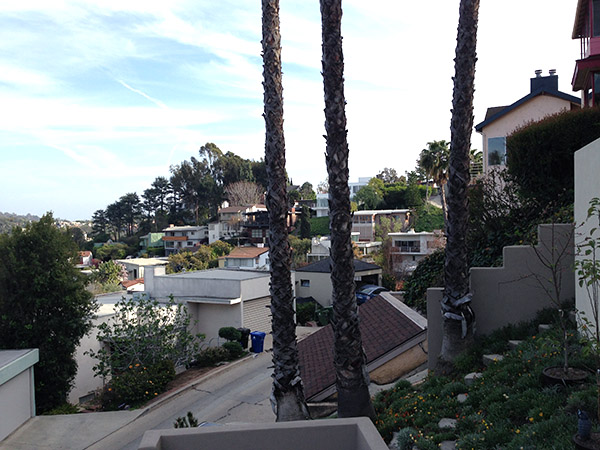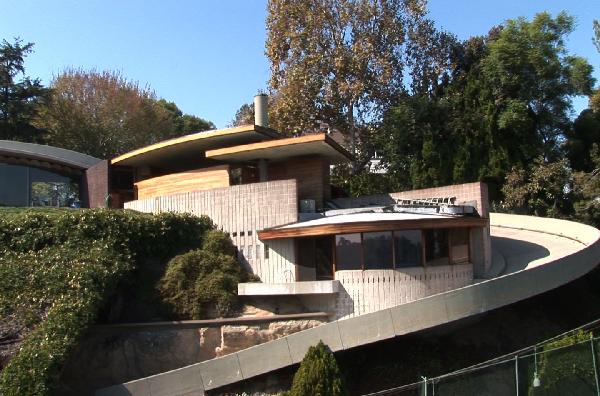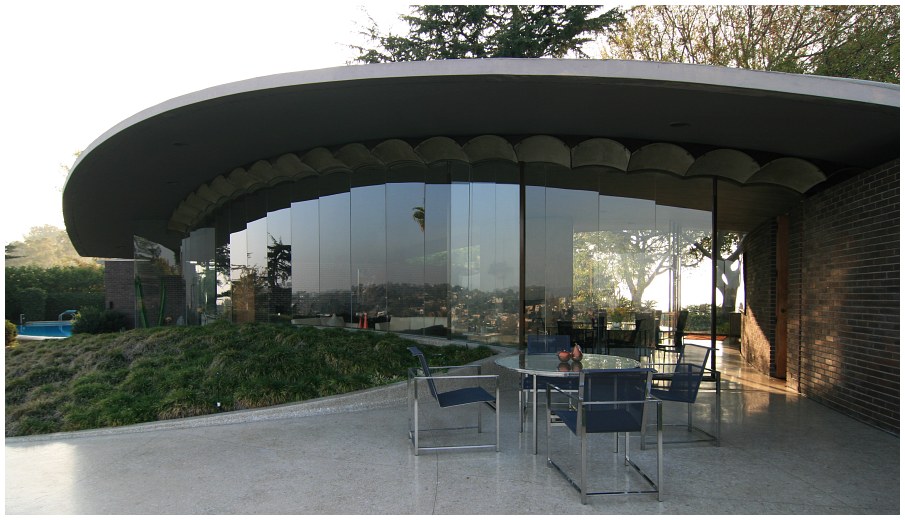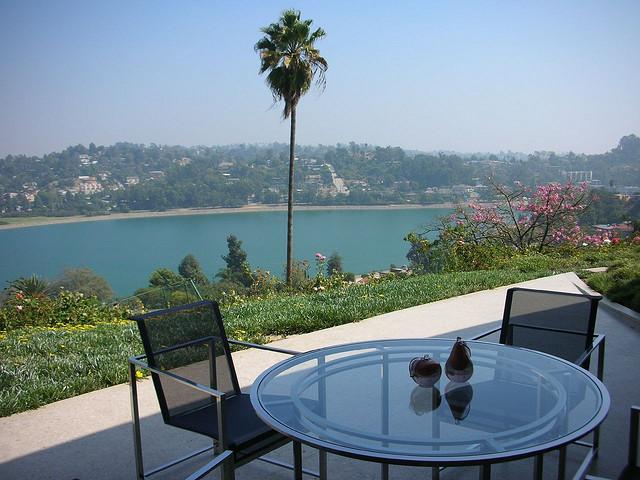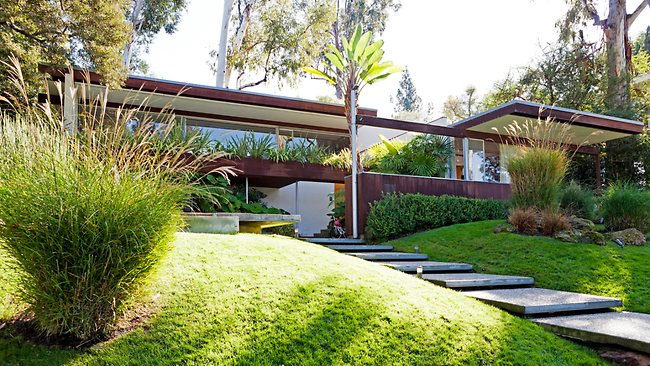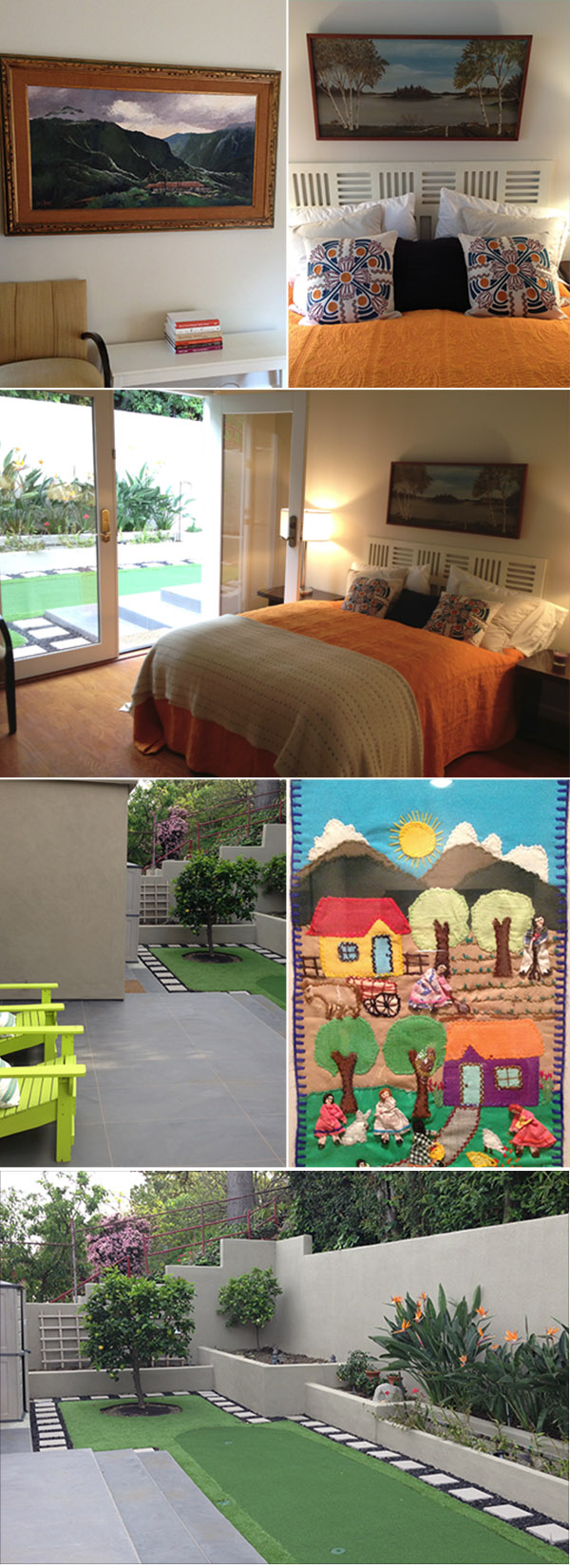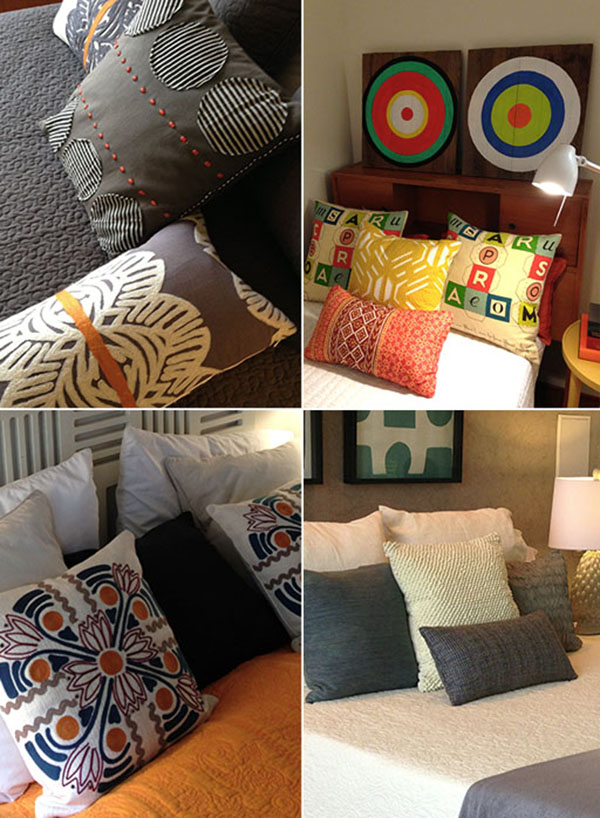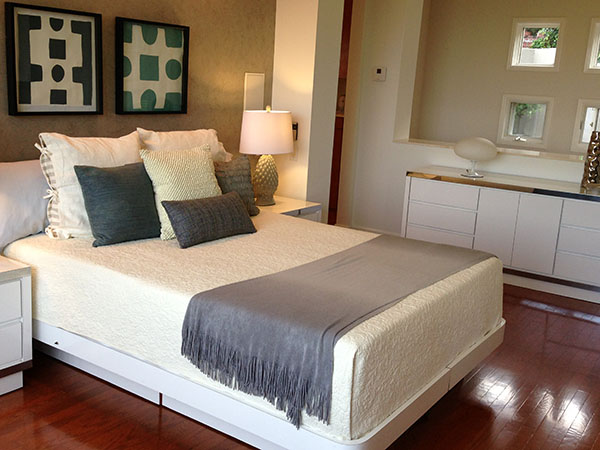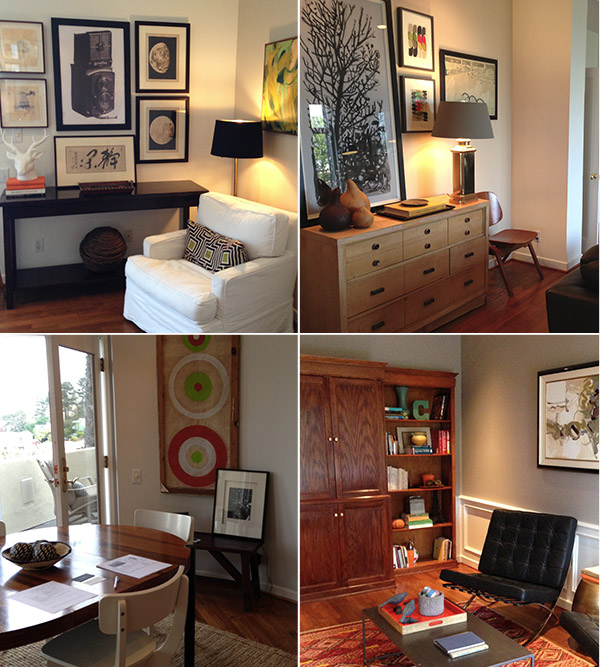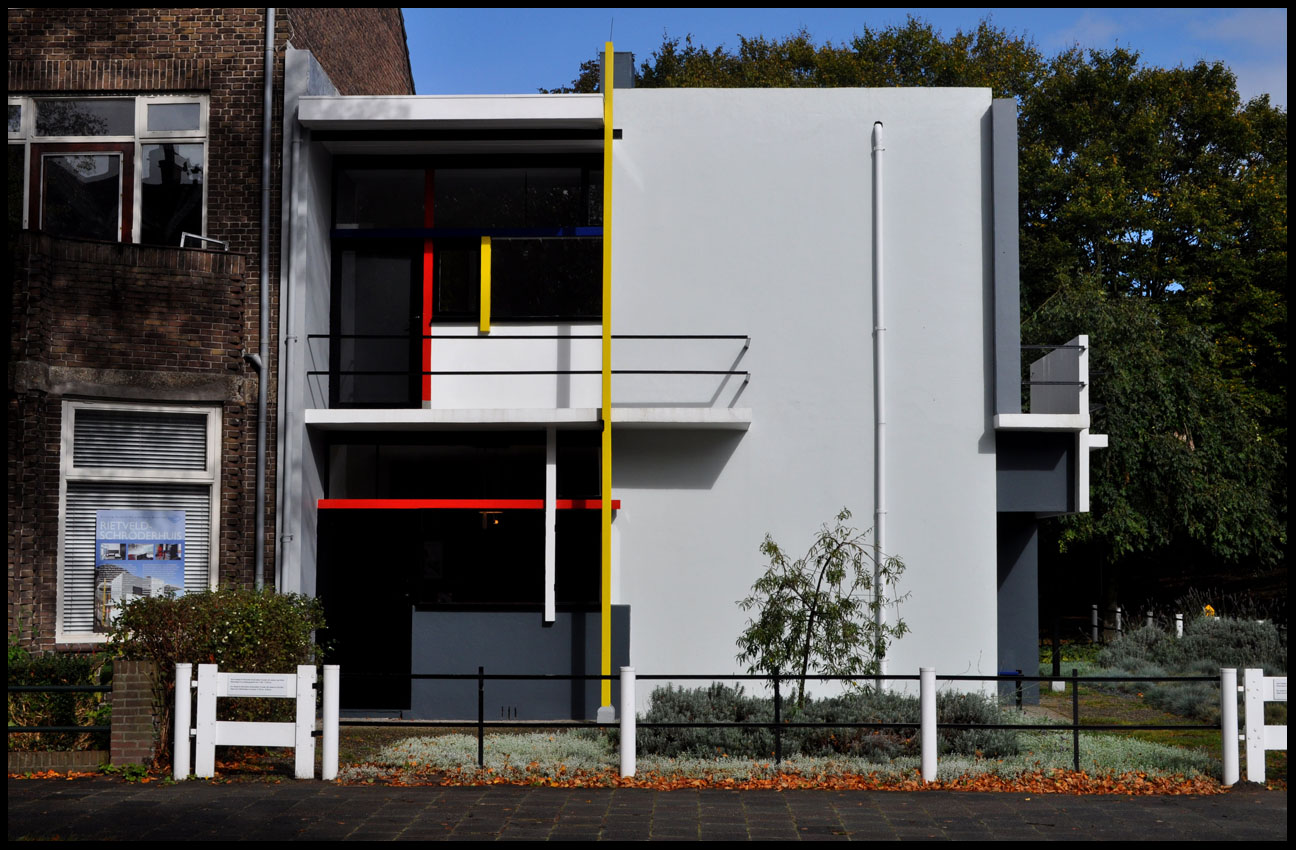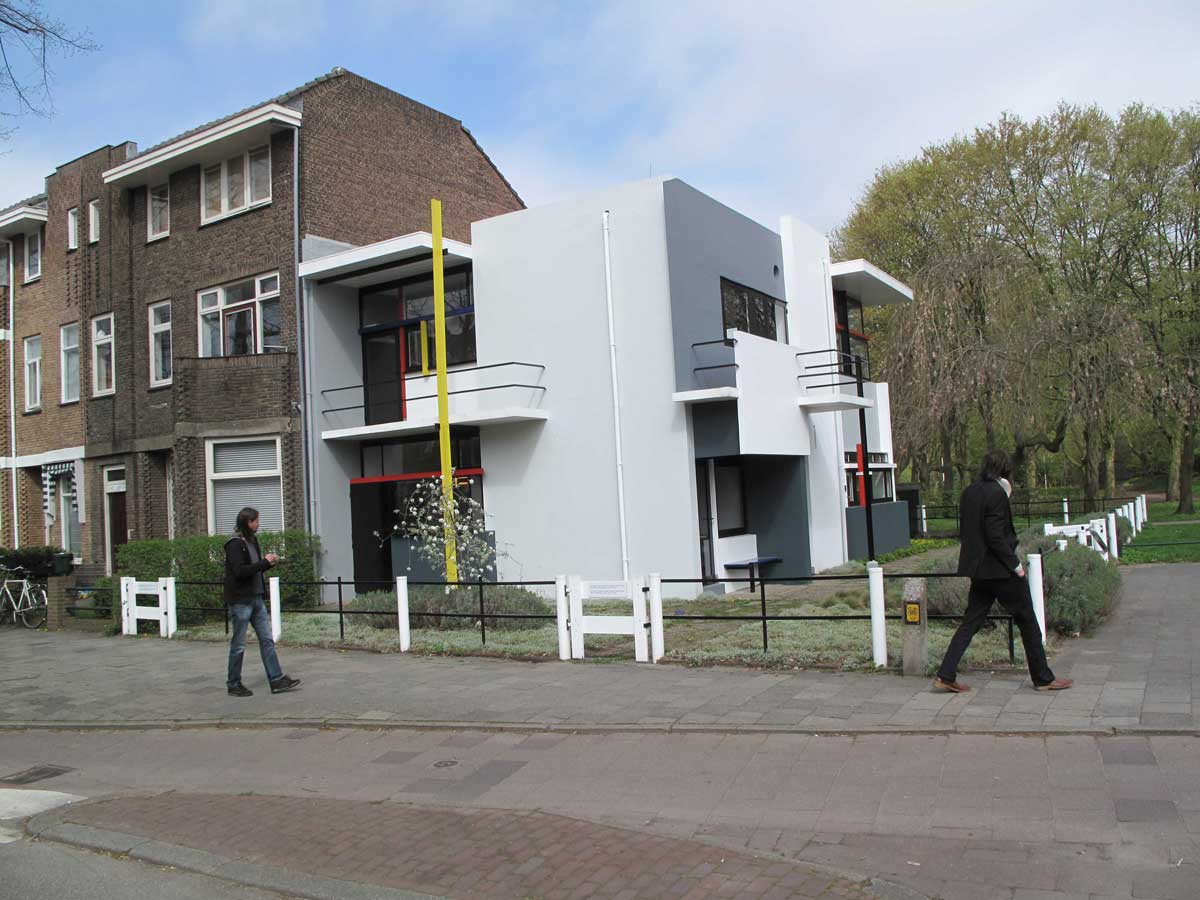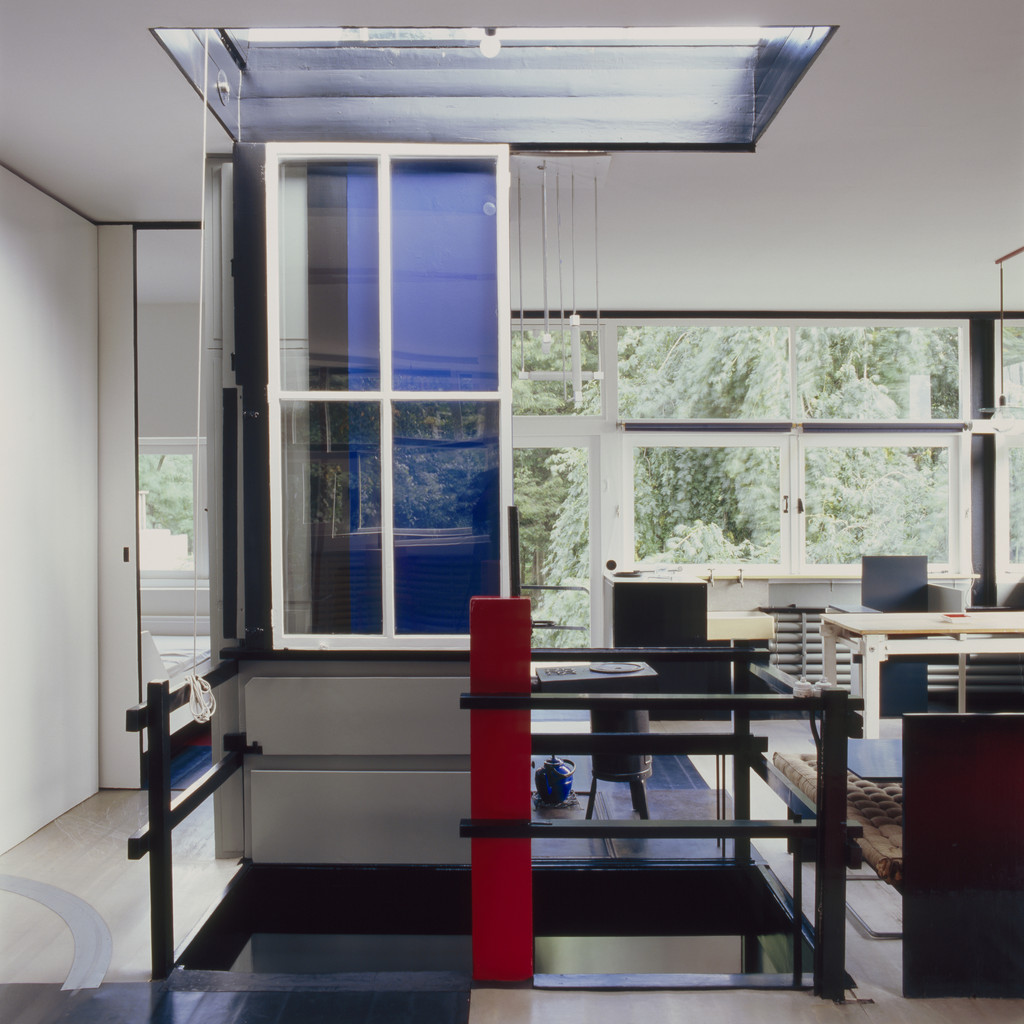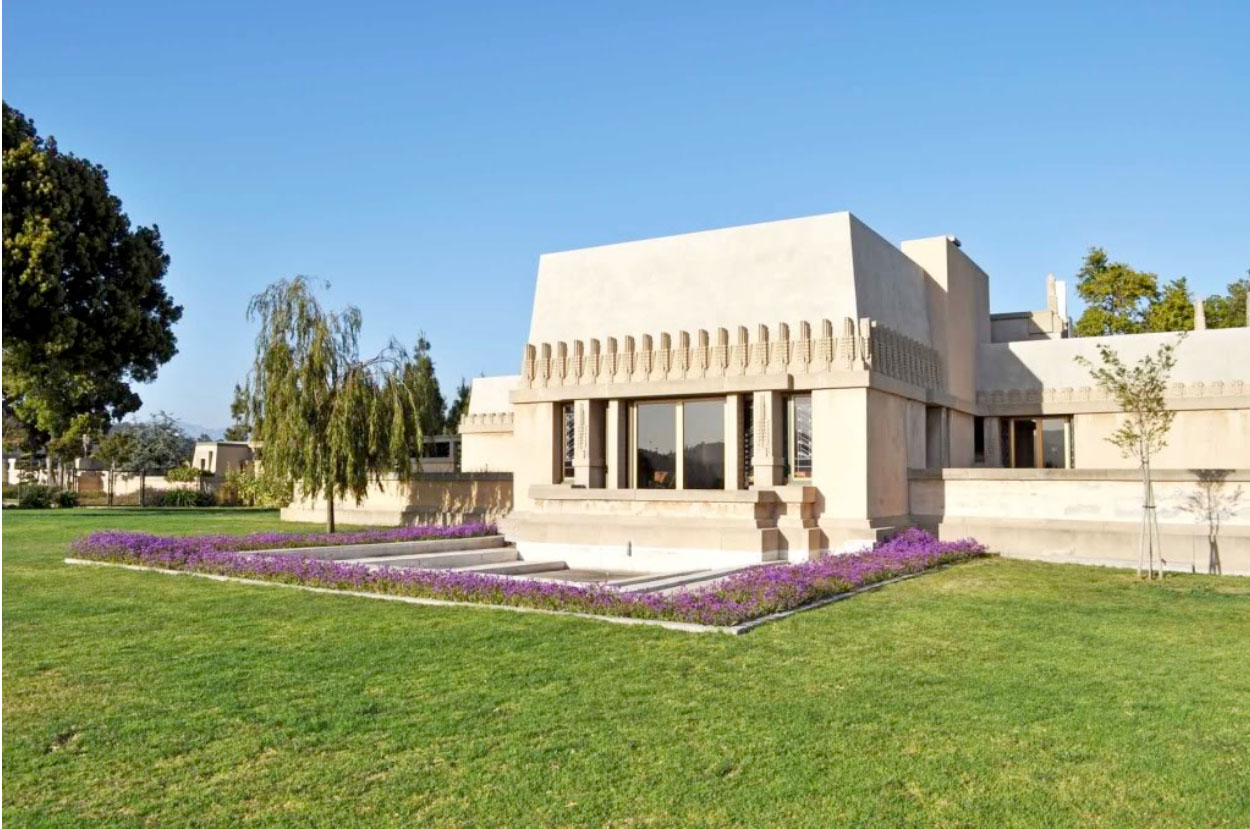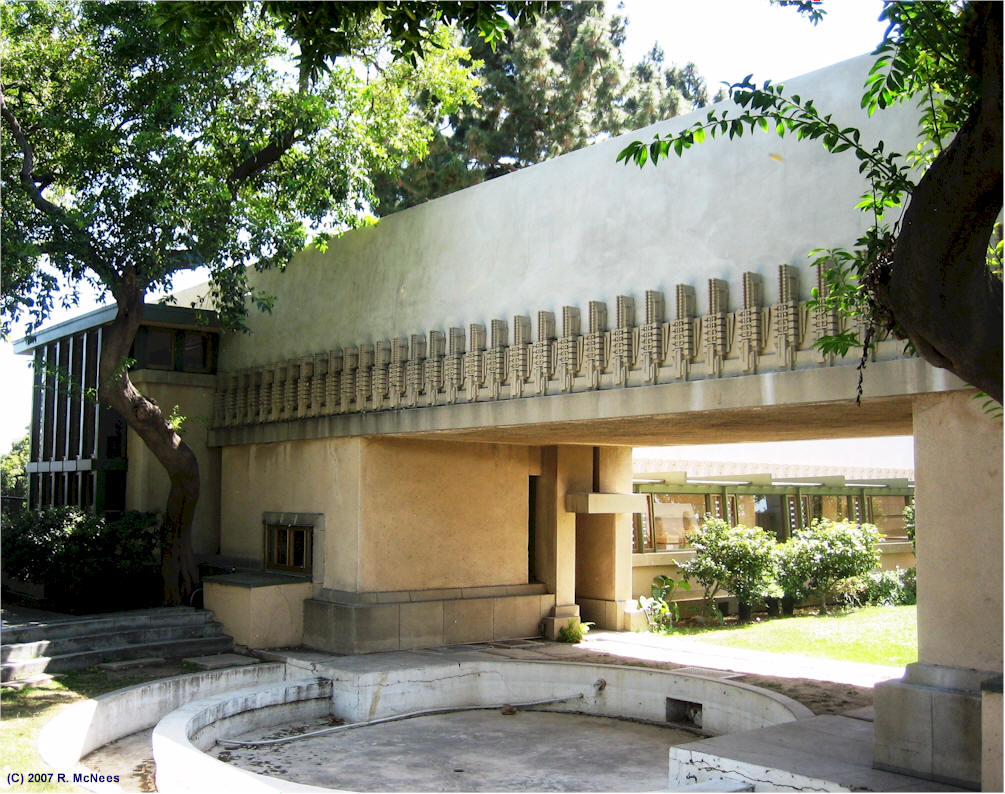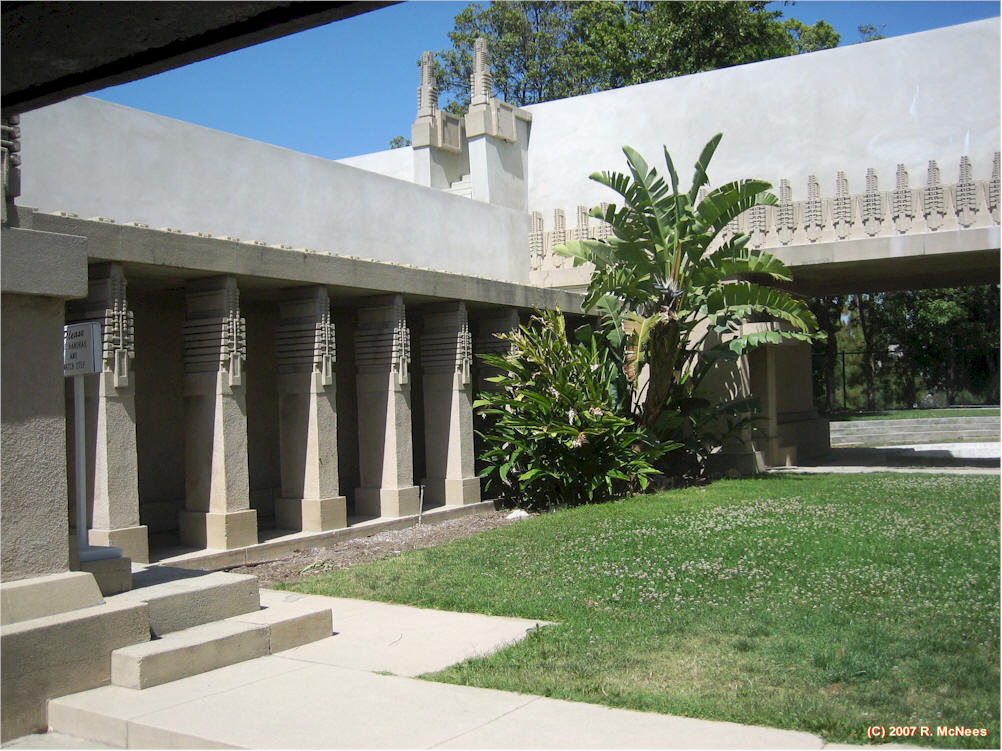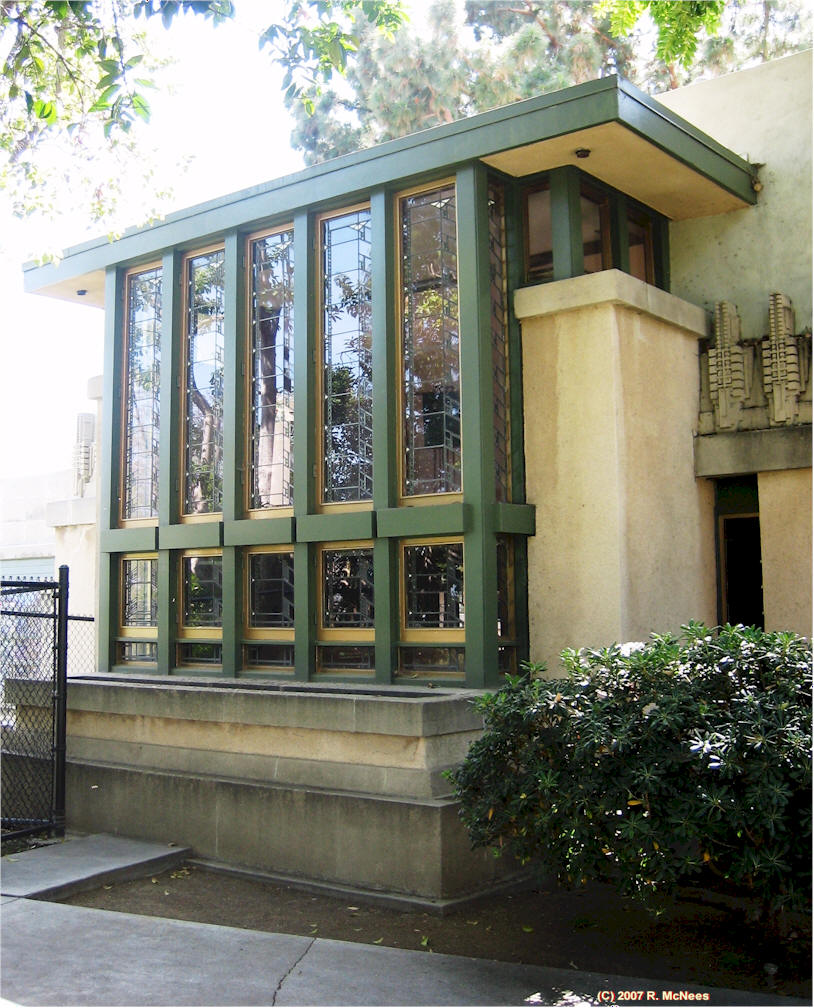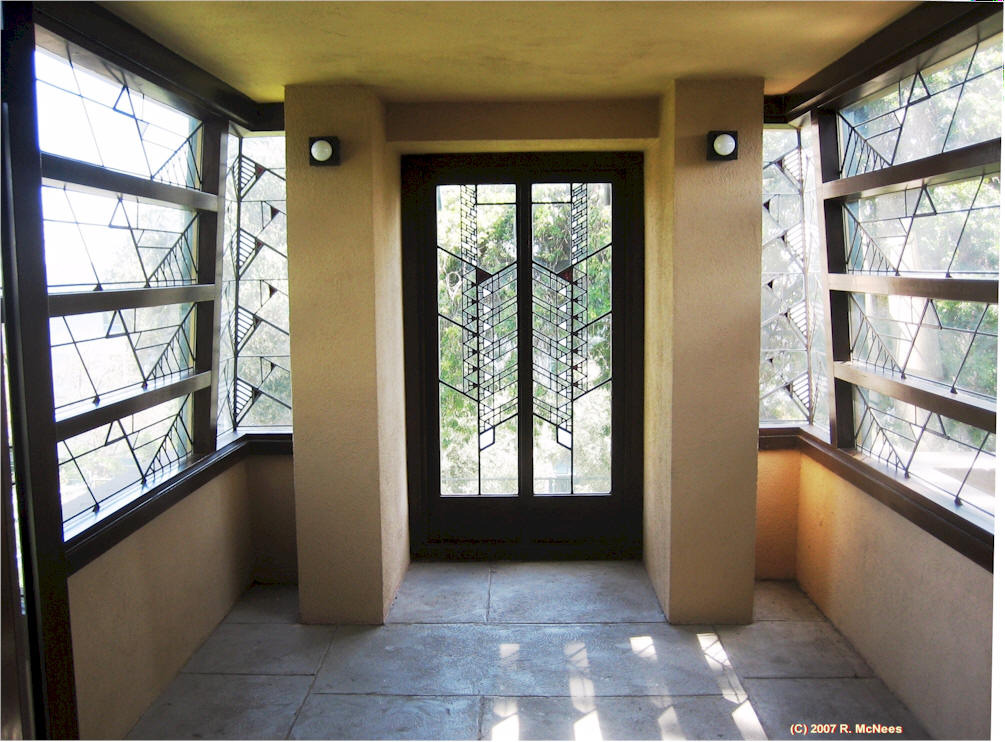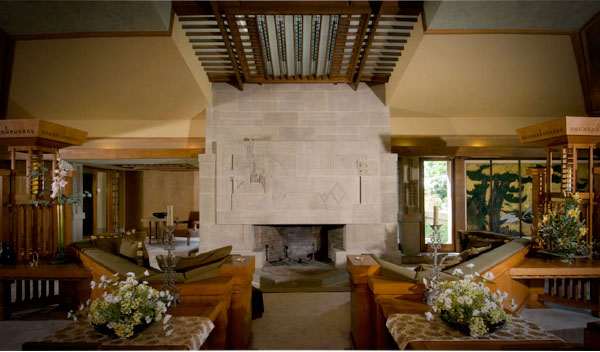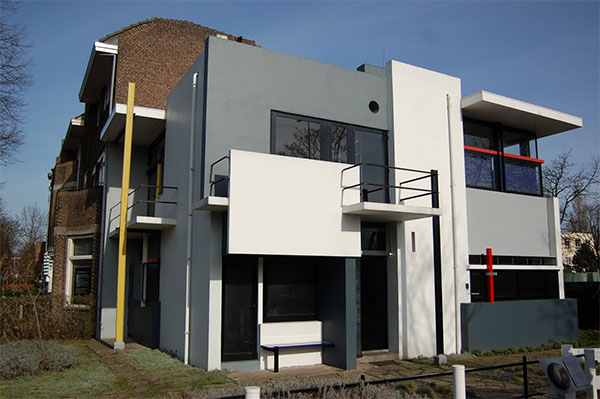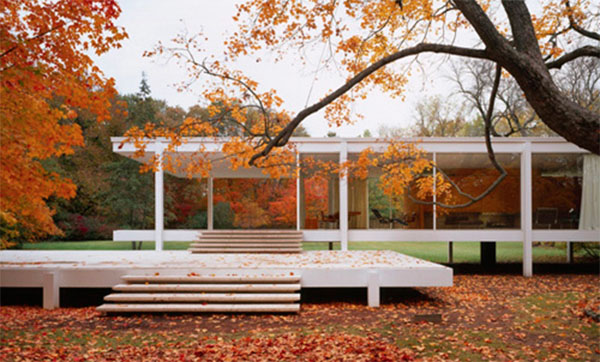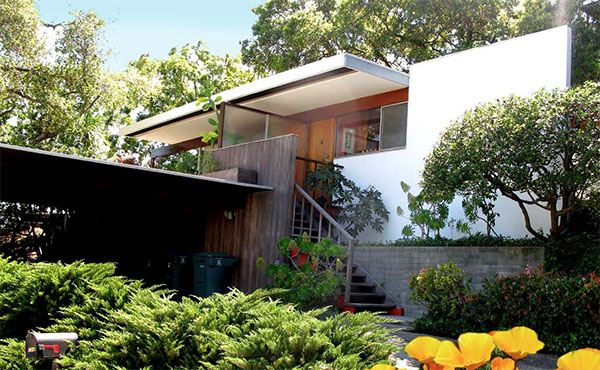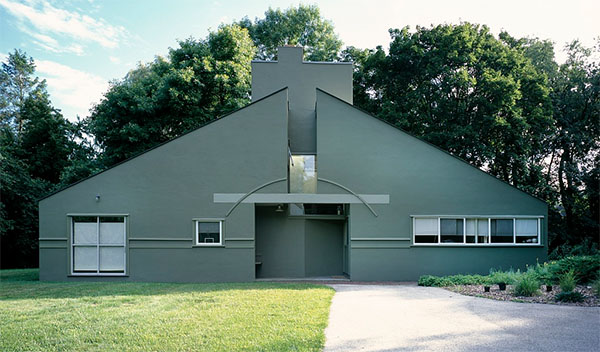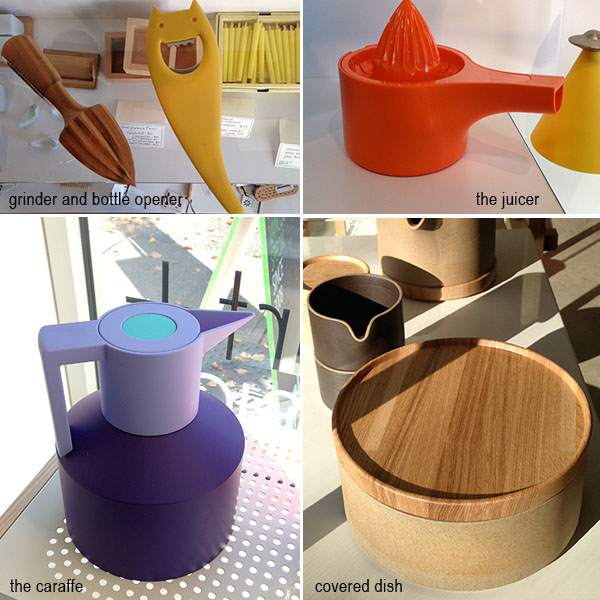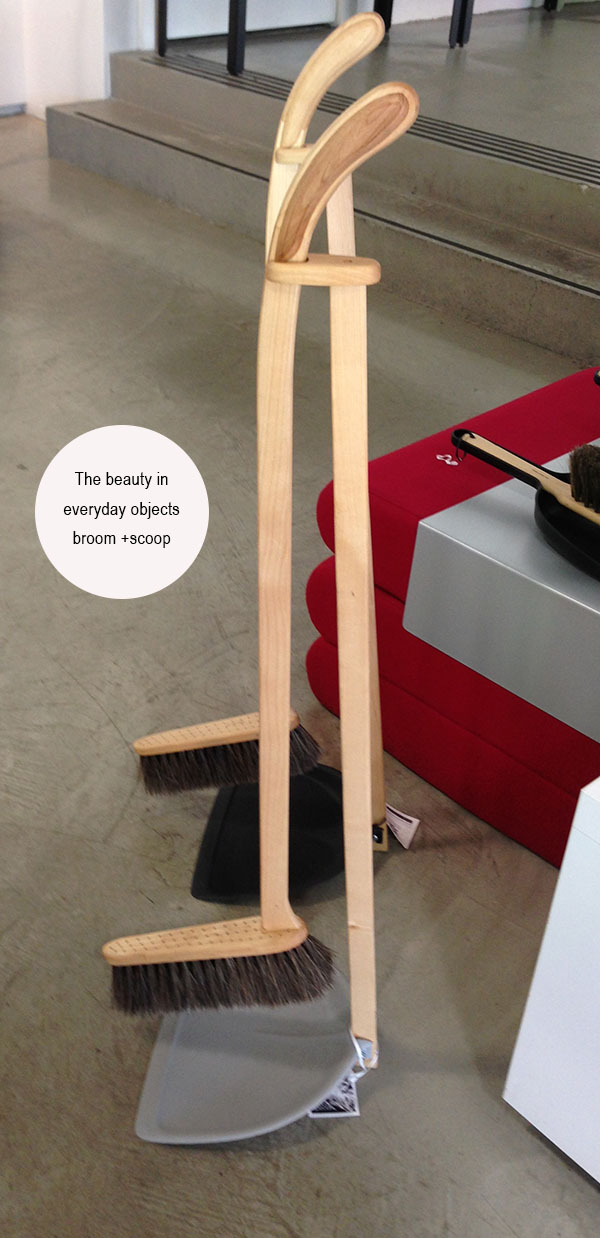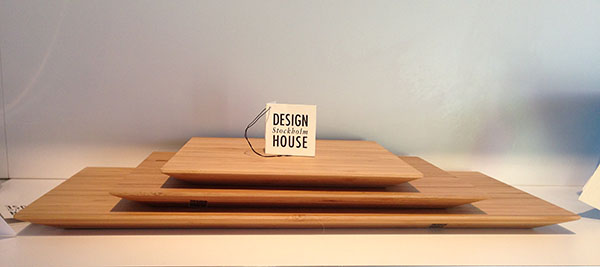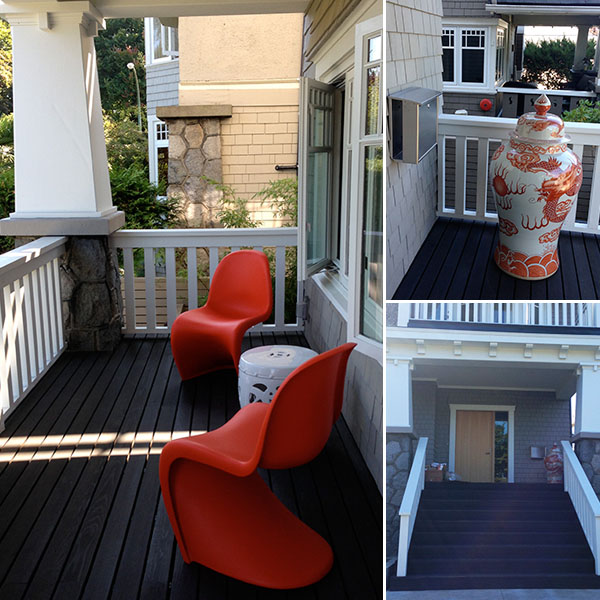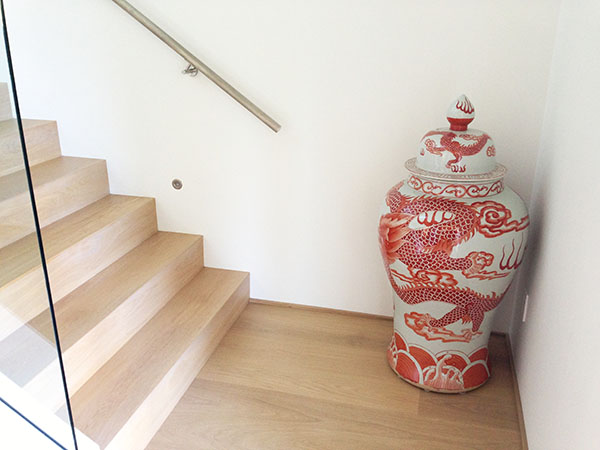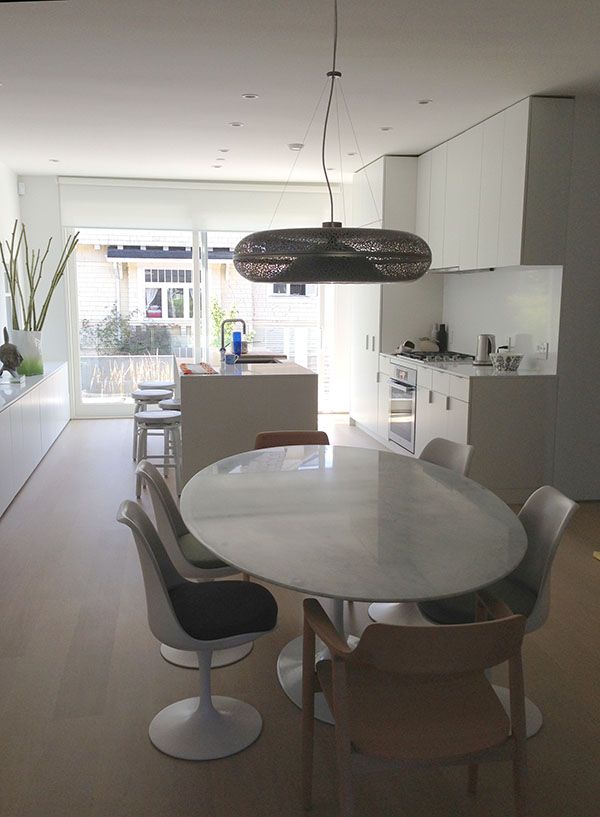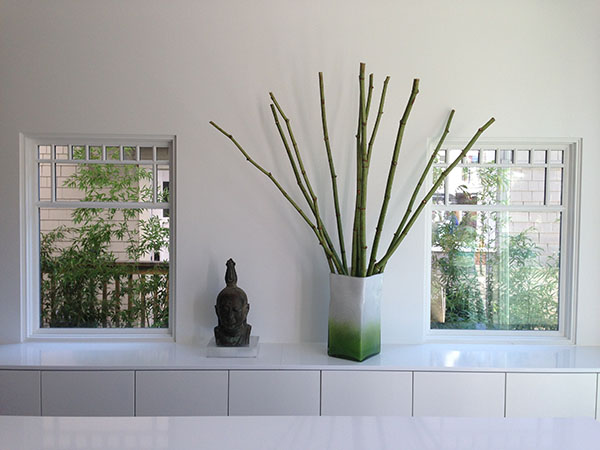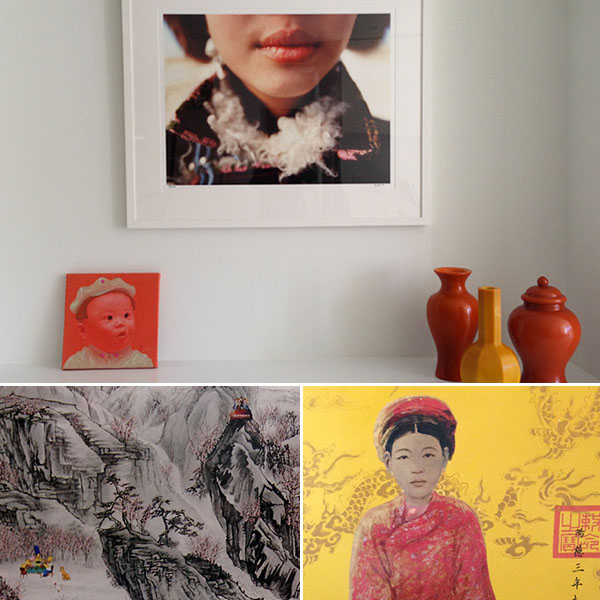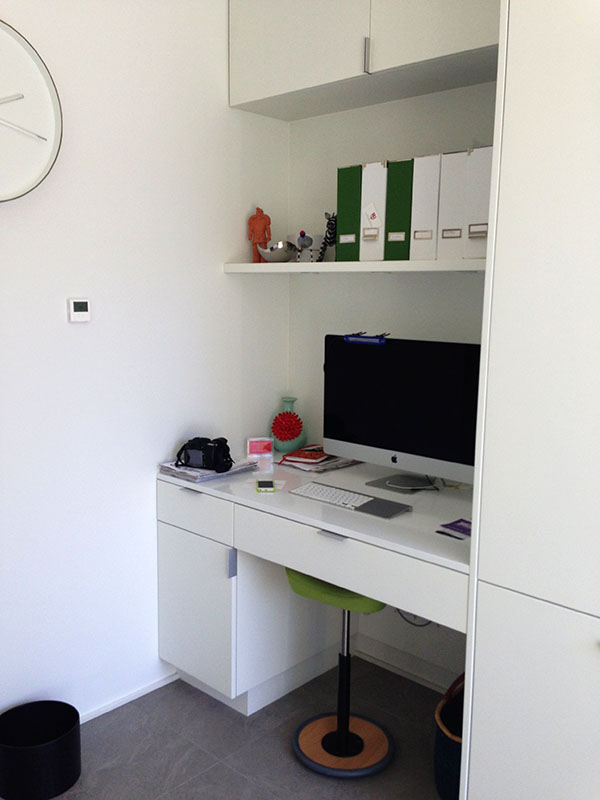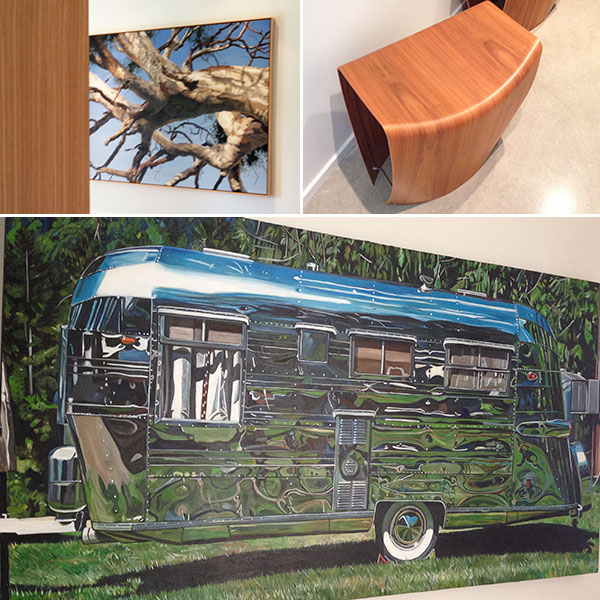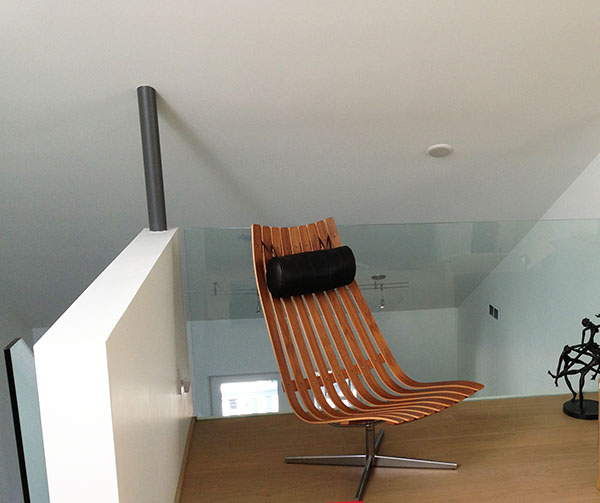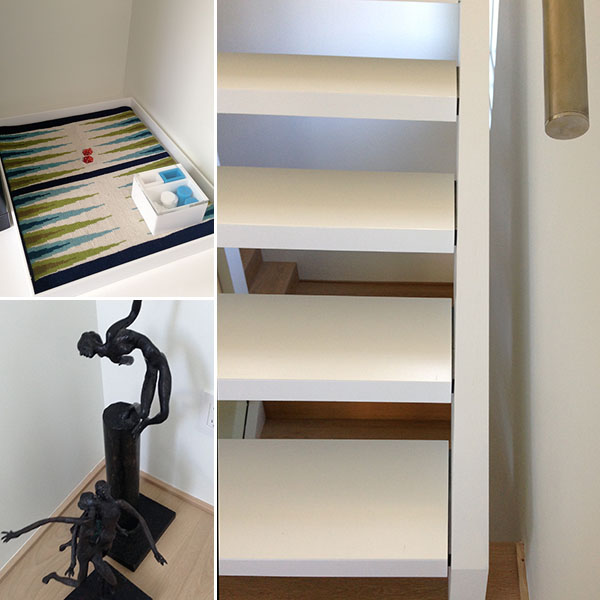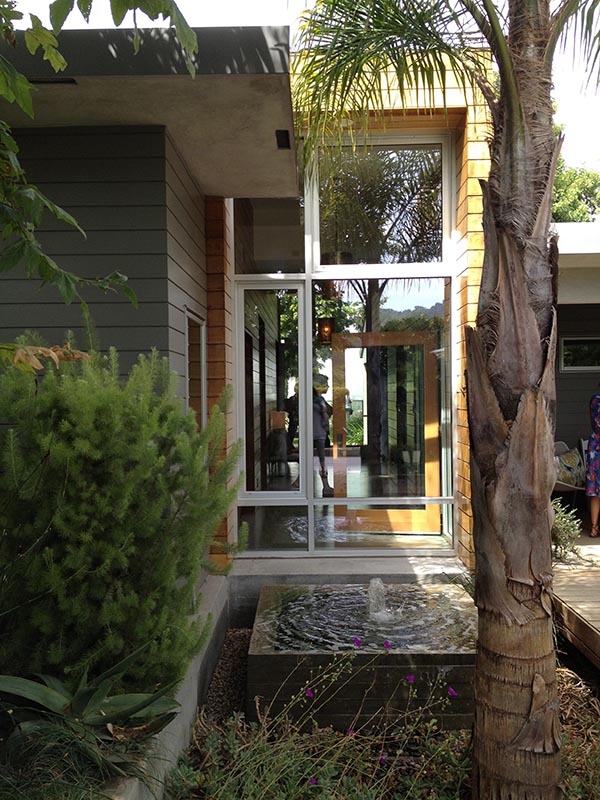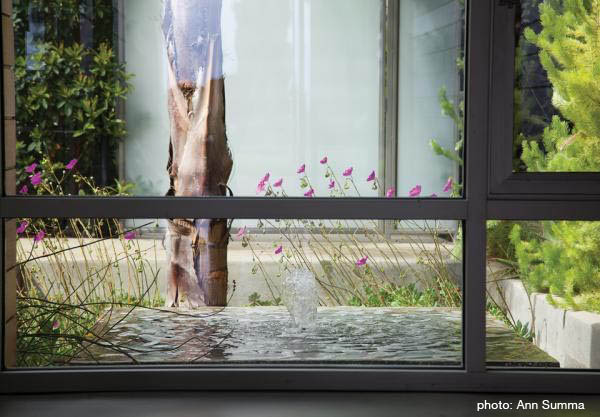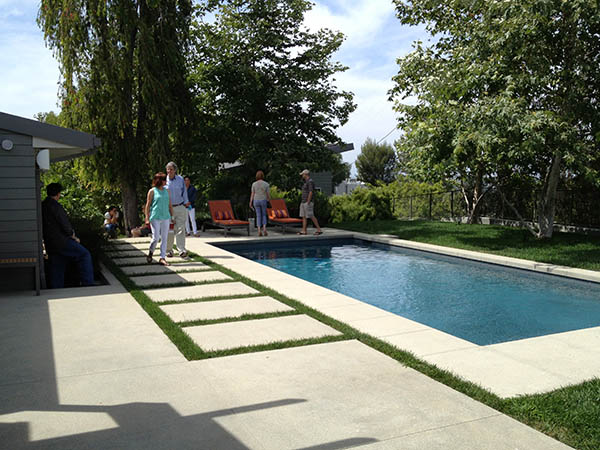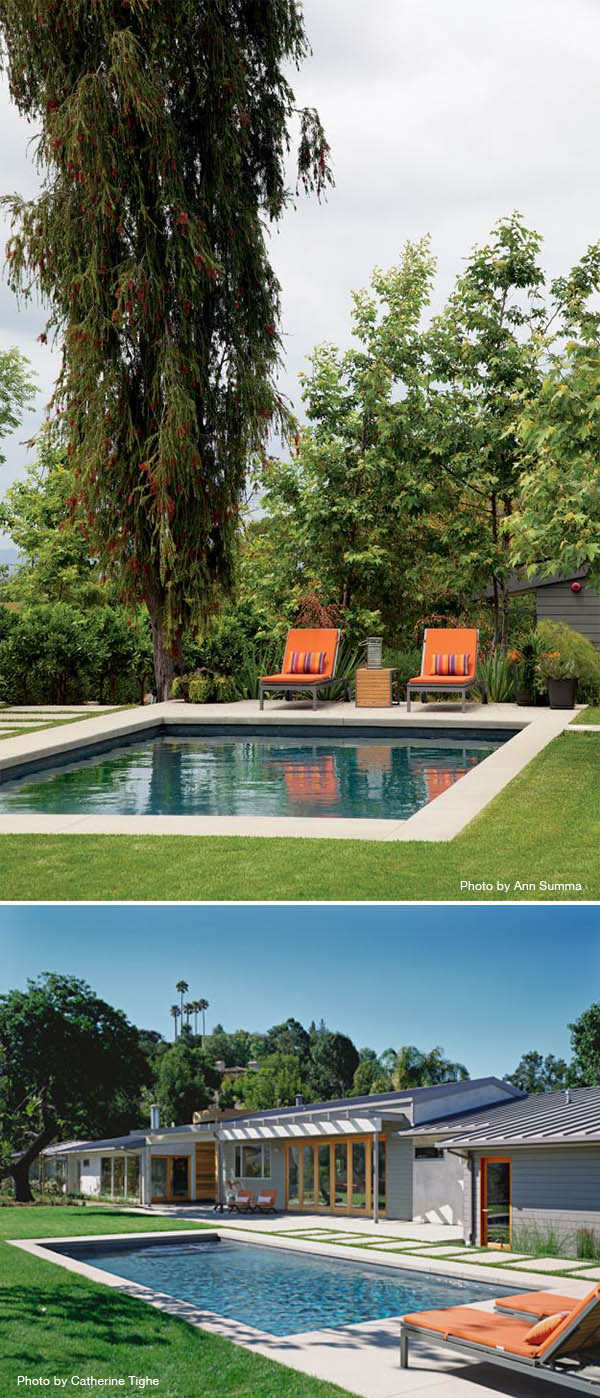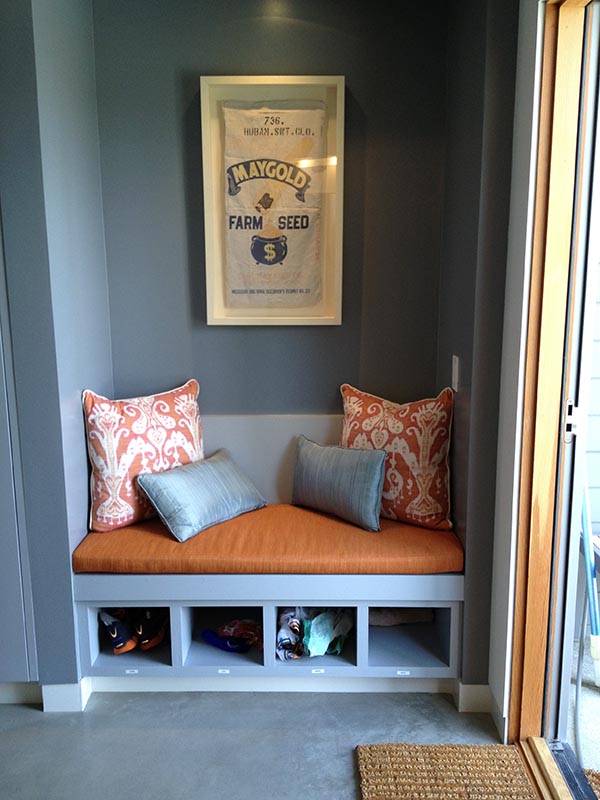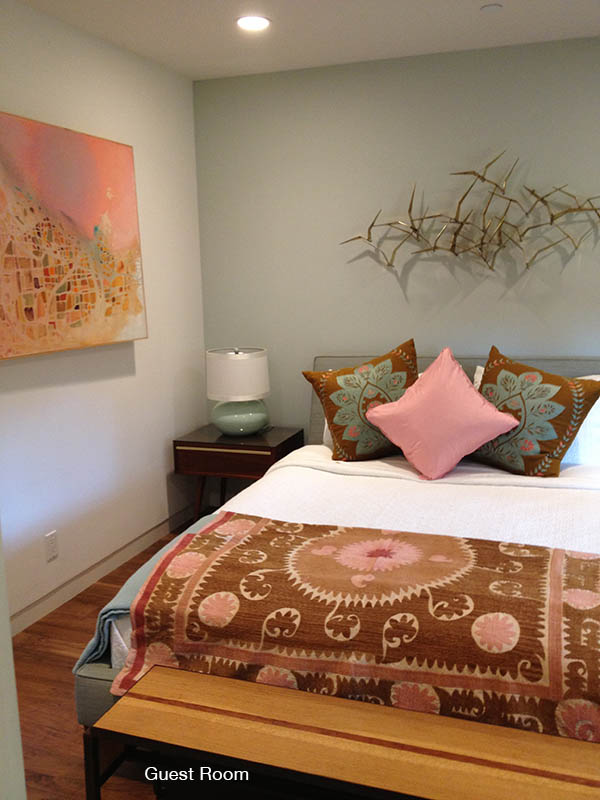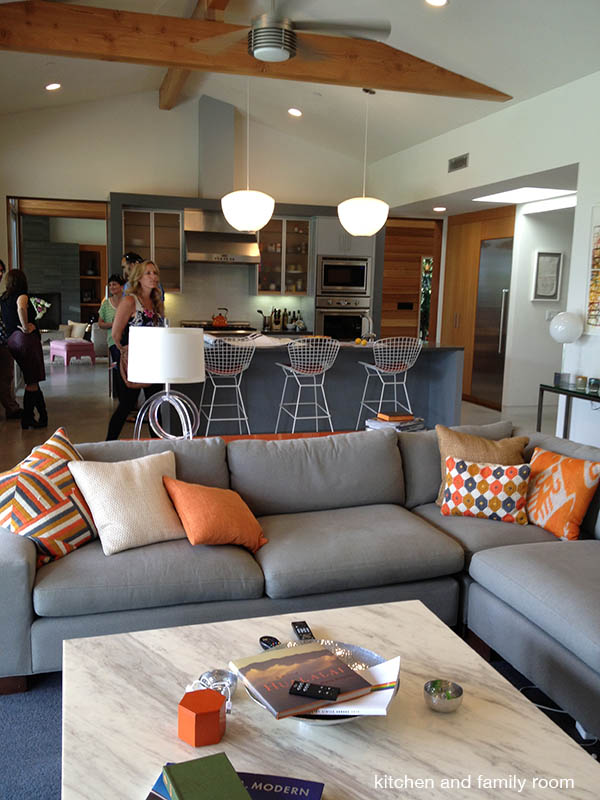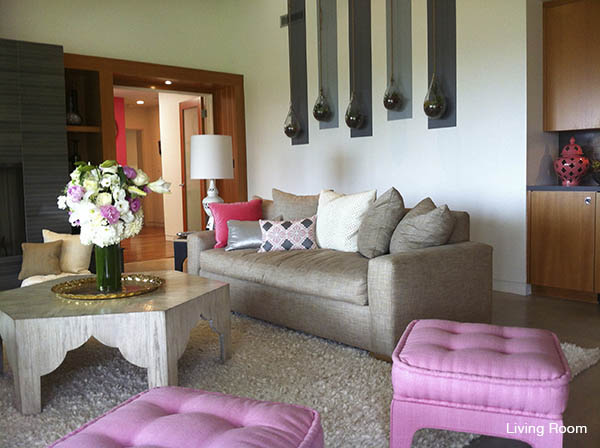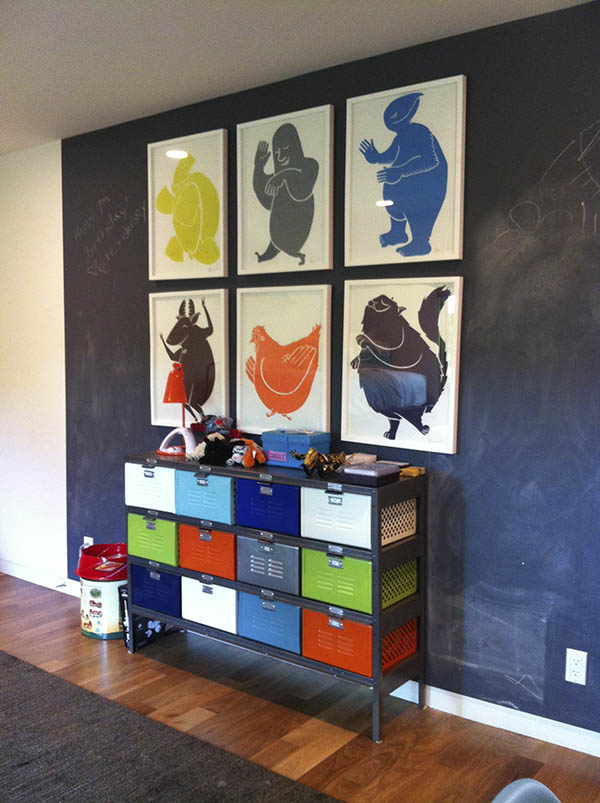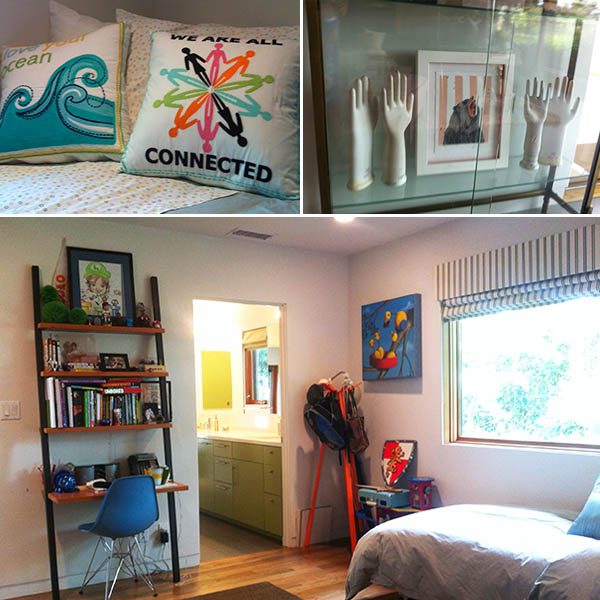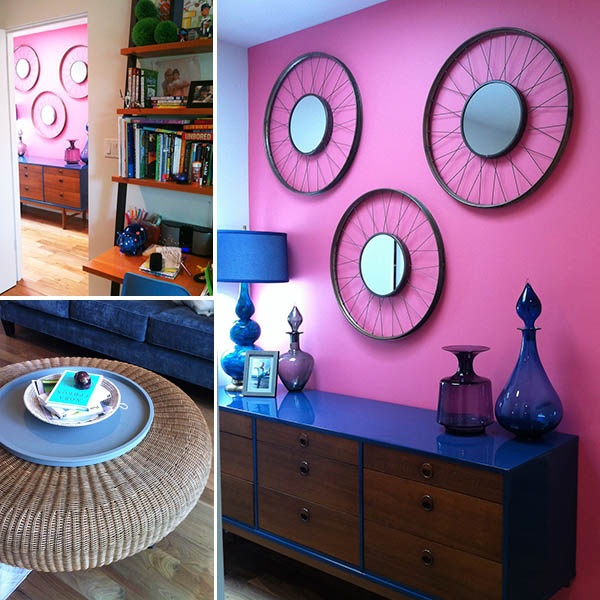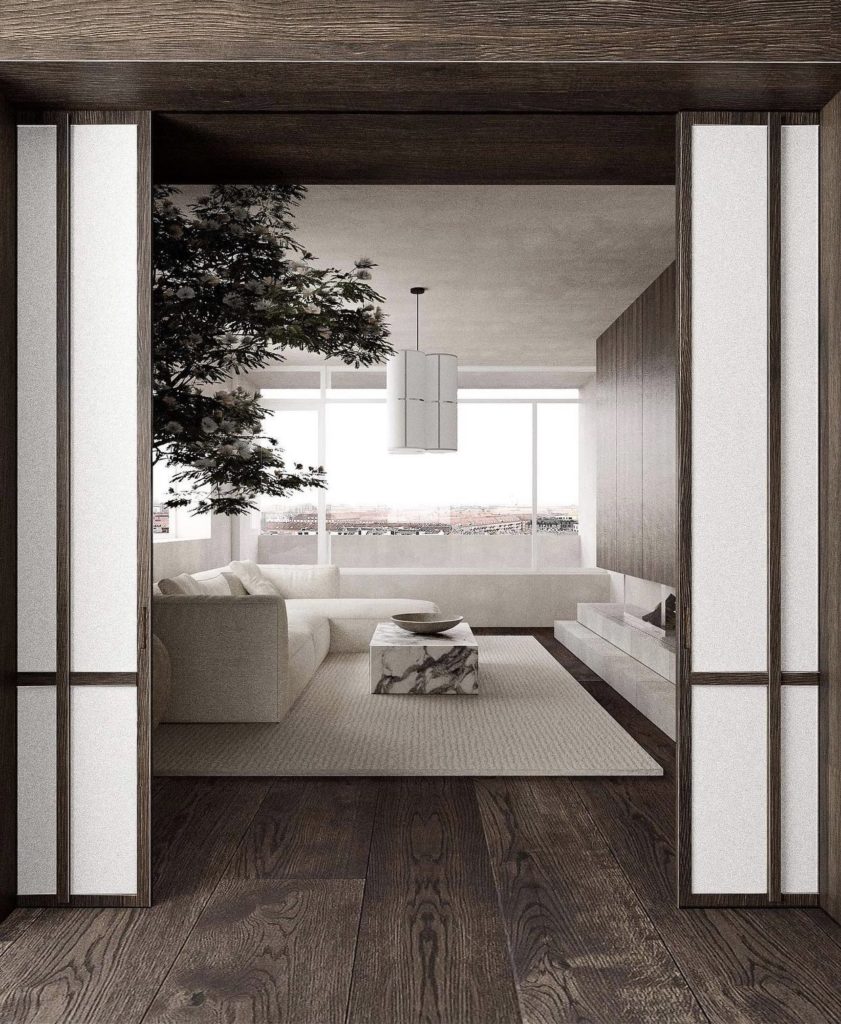
“Ornament is Crime” Adolph Loos
Architects are not decorative. Our focus is on the spatial. That is, how can we make our spaces better. How can we make them appealing without any decoration at all. While part of an architect’s practice absolutely focuses on dressing interiors and adding finishing touches for clients (myself included!) there is always an eye fixed on the bigger picture. The form, the function, the relationship of built areas and voids, each space as it relates to and works with the other spaces– it’s always there in the back of my mind. The dip into some HGTV buzz words, the bones of the house are equally important (and influential on the space) as the finishing touches to make a space feel yours, feel authentic. And, any decoration that is added to a space has a reason to be there. It is meaningful.
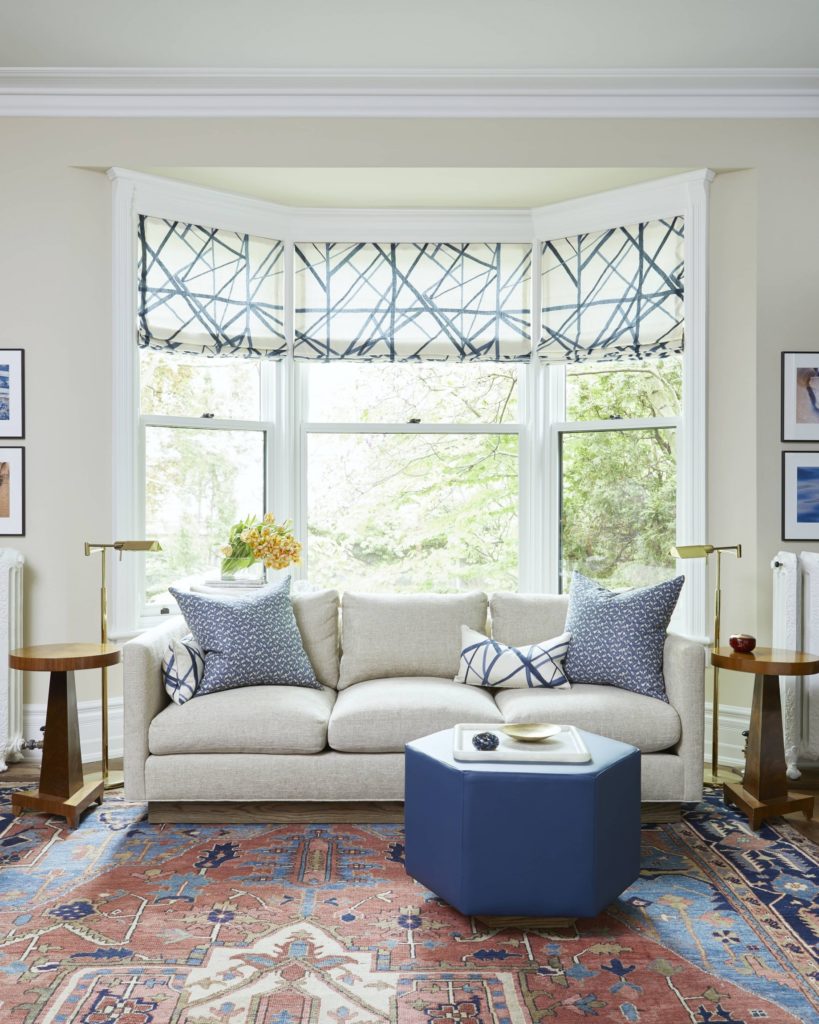

Speaking of HGTV– I’ve been thinking a lot about the many, many, interior design shows that have been on in the last 10 or 20 years. For a lot of people, either design lovers, the design curious, and (before Netflix and Hulu… HGTV is vintage!) those stuck watching TV on the couch at 2pm when sick and nothing else in on… these design shows are the first taste of ‘interior design’.
The shows typically all work the same. You get a tour of a home that the owners love, but it needs a ‘refresh’. The TV design team comes in and whirls around with tape measures, fabric samples, a carpenter with a pencil behind their ear, and an interior designer with fantastic hair. Then, the house is a construction zone and everyone wears a hardhat (can it even be done in time?!). When the paint is dry (our first glimpse into the “makeover”) we get a lot of short and quick shots of people bringing in furniture, a pillow gets fluffed and placed just so, maybe some new candlesticks are tastefully added to a mantel or bookcase (perfectly styled), and usually a photo of the couple/family is placed somewhere with a wink and the host exclaiming ‘time to show the homeowners!’. Then we have the REVEAL. The home owners see their new home and often it’s a lot of ‘oh wow!’.

I really dislike the reveal. Also called the ‘install’ by Interior Designers.
Think of it this way: It’s difficult to smooth a layer of textiles and trendy furniture (we cannot forget the ultimate trendy Matisse print!, framed or unframed, you know the one) over a room and expect it to work. It’s like trying to ice a cake in delicious home-made buttercream when the cake itself is half-cooked or tastes like cardboard. It just won’t taste the way you want it to, nor will it last (will you think back and say, hey– that cake worked great last time, let’s do it again with a bigger budget?).
The ‘install’ feels a little like this cake. Homes feel staged. Inauthentic. Devoid of personality. The owners are presented with an ‘instant’ room. Over time I have come to learn to treat interiors with as much consideration and thought for the occupants/owners as we do the structure. It is difficult to go down a checklist of what is popular now and build a room that both feels like you and will still look good and still feel authentic in 5 or 10 years. There is a focus to make this transformation instant and exciting (which makes for good TV…) rather than considered and layered. How many people really fit and love the current trends of shiplap, a sheepskin throw, muted neutrals, and an abstract painting that a consultant selected without input? You deserve a home beyond trendy and decorative.
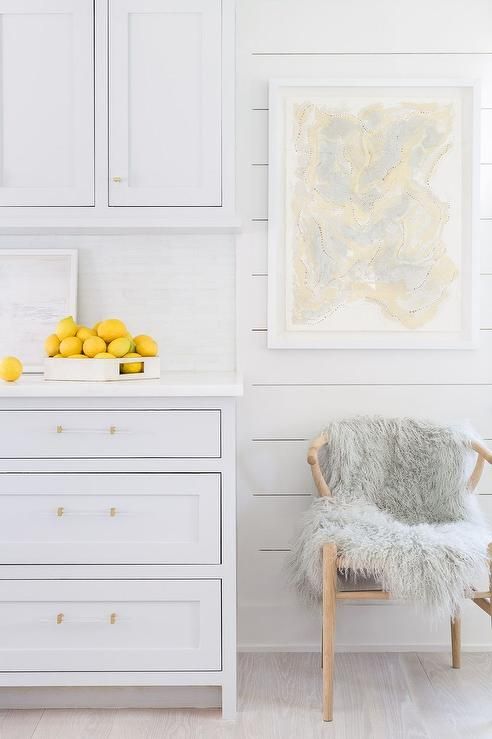
Your home should feel relevant. Truly, the only way to make your home more authentically you and different from everyone else’s is to have your home evolve from your experiences, history, culture etc… The most interesting and exciting homes are those that display these unique aspects and spark questions and interests and can be the basis for a great story.
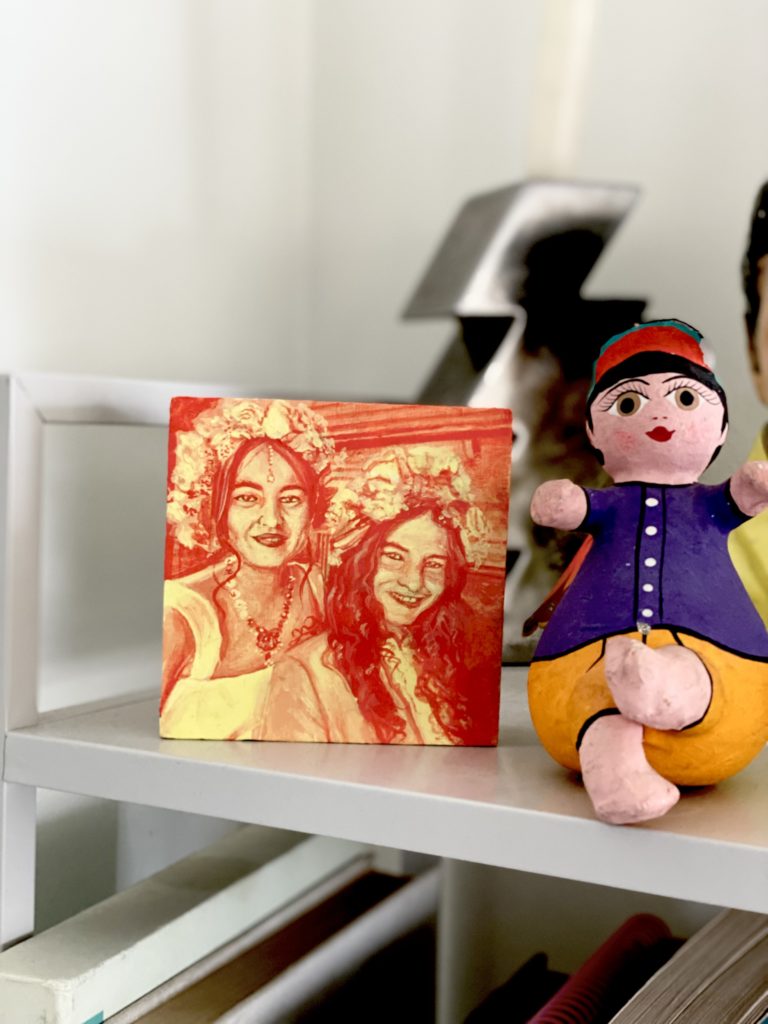
As I said, architects are not decorative. Certainly, one thing may be chosen over another for aesthetics or great lines (we all have our weaknesses), but the idea of pure decoration is a classic architectural no-go. I love homes where people have a really good foundation (great space, good colour palette, wonderful furniture– think a great cake recipe) and over time layer it with all those finishing touches a la HGTV that come from family, travels, art that you picked because you loved it– not the closest Ikea or Target (a good icing).

Everything has a connection and a story. The lamp was found next to a garbage bin in New Delhi. The sculpture is by an Indian artist found in a gallery in Varanasi.
In my own home, things are a bit idiosyncratic. But it works. We have a mix of collected ceramics, art, family photos that blend with a modern home because we made space to highlight the things that are important to us. Our personal touches get pride of place and everything has a story and a connection to my family.

Consider the Eames Case Study house in the Pacific Palisades– a completely modern home, an absolute machine for living. And yet, it feels lived in and loved because it is filled with personal items and things from the Eames’ travels. A classic modern box dressed with absolute personality.
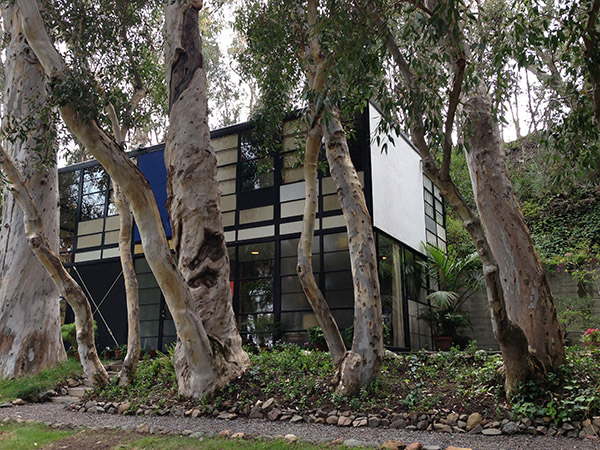

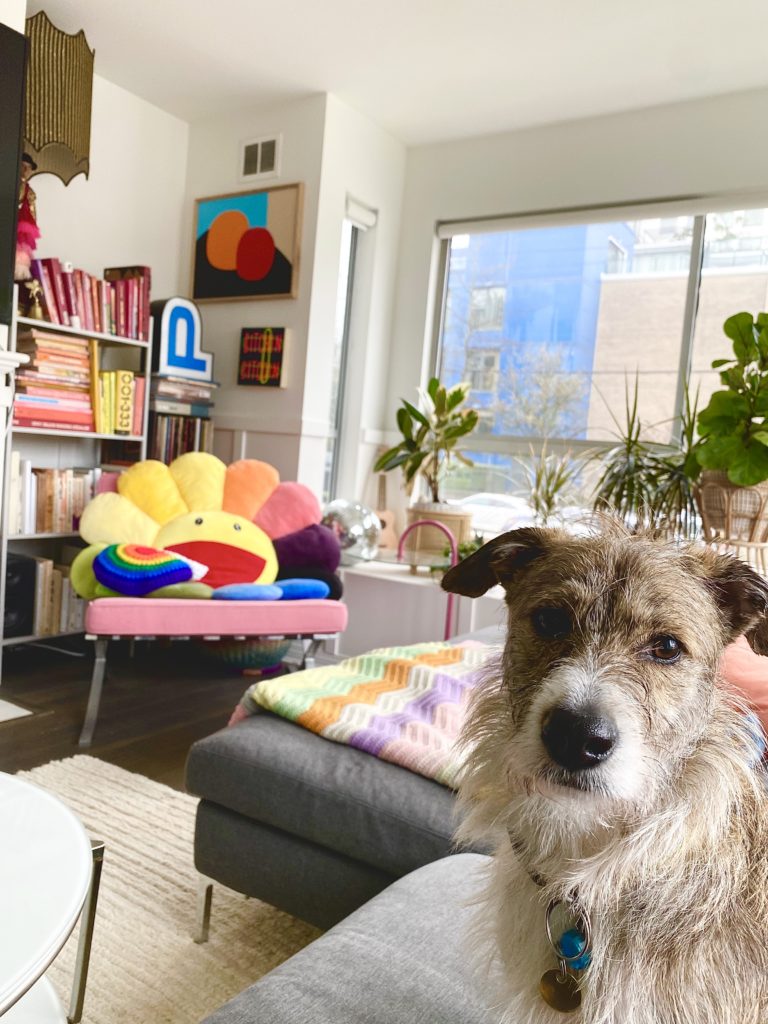
Another family friend has an equally striking home– lots of white and neutrals and softness that complement the taste of the owners, but the entire space is punctuated with objects they find beautiful.They set a strong foundation that showcase the things they love.
It bears repeating, architects are not decorative. We can’t help but see the relationship between everything in a space, it’s what we’re trained to do! To really build a space that works, it is a slow and involved process that should feel like you each step of the way.
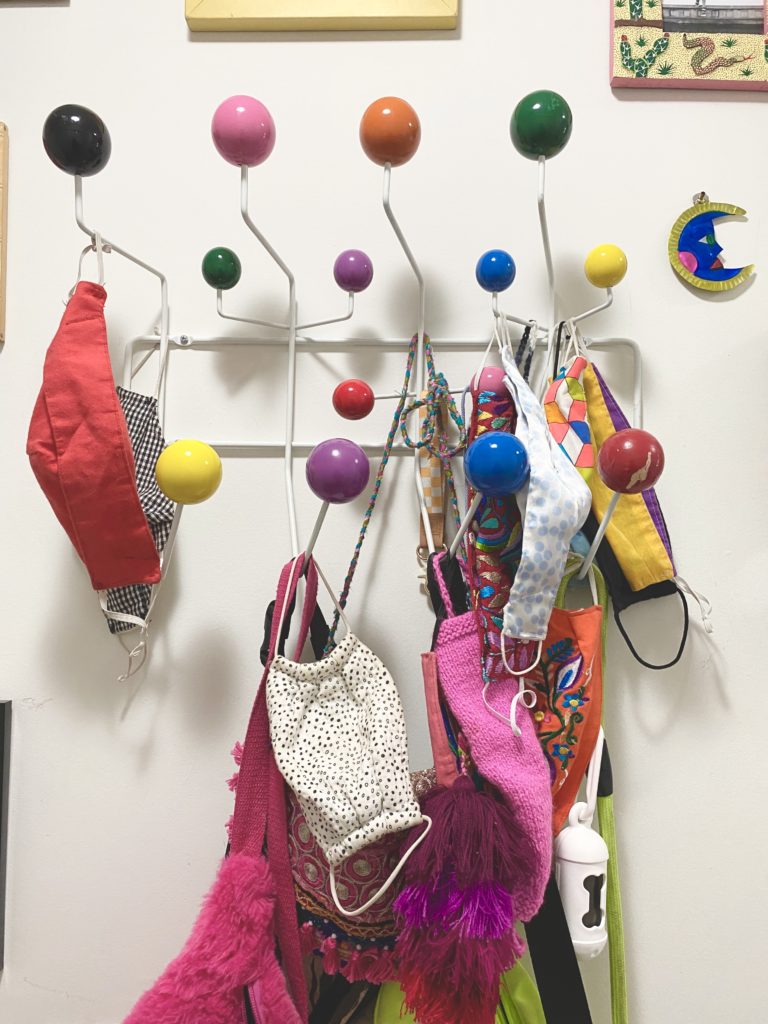
The obsession with instant fixes and trendy makeovers that build up to a ‘big reveal’ might make a space feel fresh, but does it really work? Do you really love it? Do you feel like you’re living in a magazine shoot that wasn’t built for you?
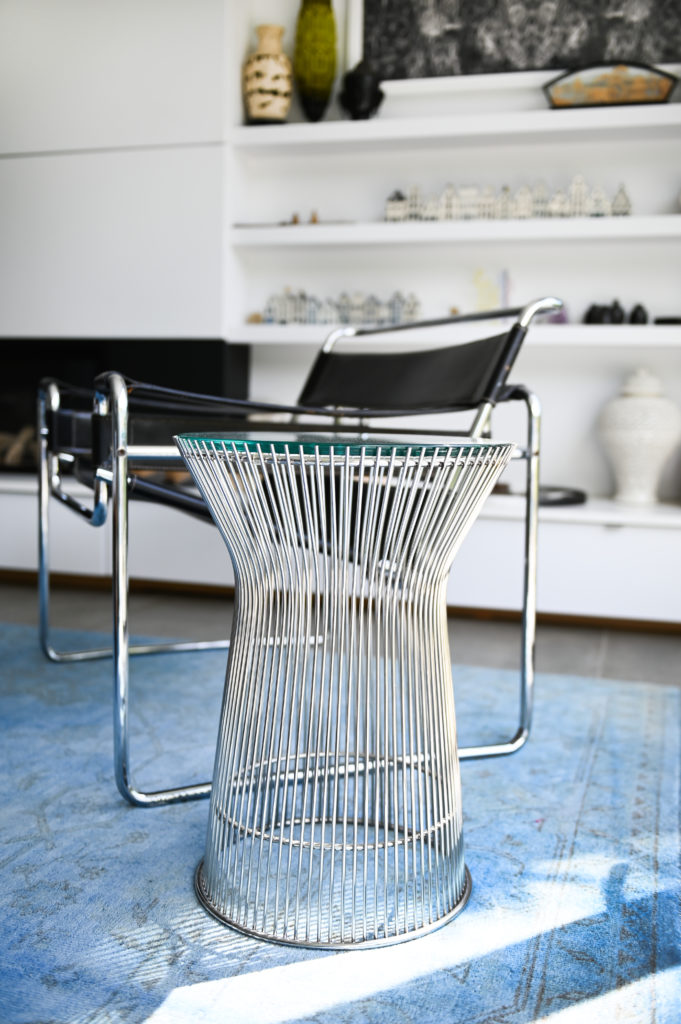
In summary, your home does not need to be perfect from the get-go. There is no downside to taking your time and layering yourself into a space with colours you like and things you love. It may not happen over a weekend, or make for great TV– but you will slowly build a space that reflects your taste, your experiences, your story.


